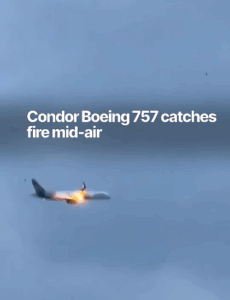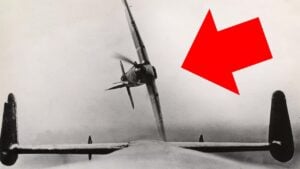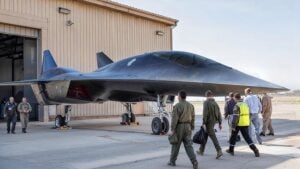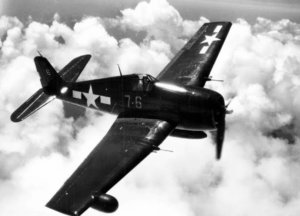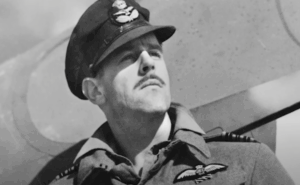Best Naval Fighter of WW2
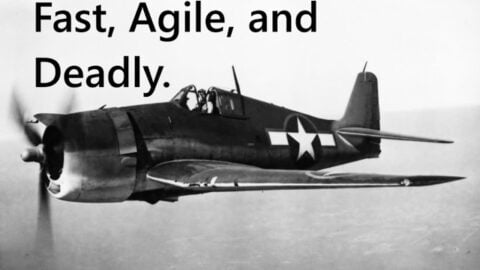
YouTube / Greg's Airplanes and Automobiles
The Grumman F6F Hellcat didn’t top the charts for speed or agility, but when it came to winning battles, it outperformed every other fighter of World War II. Built for the U.S. Navy and launched off aircraft carriers, the Hellcat was responsible for more Japanese aircraft kills than the P-38 Lightning and F4U Corsair combined, boasting a staggering kill ratio of 19:1—the best of the entire war.
Built for Combat, Not Speed
Surprisingly, the Hellcat wasn’t a performance standout. Many fighters—Allied and Axis—were faster, more agile, or climbed better. What made the Hellcat shine was a blend of durability, firepower, and battlefield practicality.
Grumman began developing the Hellcat in 1938 as a successor to the F4F Wildcat. By the time it reached frontline service in October 1942, it had benefited from extensive testing and refinements. While the Wildcat had struggled against the nimble Japanese Zero, the Hellcat was built with the Zero’s weaknesses in mind.
Best Naval Fighter of WWII
Powered by a 2,000-horsepower Pratt & Whitney R-2800 engine, the Hellcat could hit 376 mph at 23,400 feet and climb to over 37,000 feet. It had six .50 caliber machine guns, robust armor, and self-sealing fuel tanks—features that gave it a crucial edge over the lightweight, unarmored Zero.
It wasn’t just durable—it was deadly. The Hellcat was easy to fly, forgiving for new pilots, and a stable gun platform. It excelled in carrier operations and could take a beating and bring its pilot home.
How Did It Hold Up Against Japan?
The F6F made its biggest mark in the Pacific Theater. According to the National Naval Aviation Museum, Hellcats were responsible for 5,156 enemy kills, accounting for 75% of all U.S. Navy air-to-air victories in WWII.
Its greatest moment came during the Battle of the Philippine Sea in June 1944, also known as “The Great Marianas Turkey Shoot.” In one day, U.S. Navy pilots—most of them flying Hellcats—claimed over 380 Japanese aircraft. One pilot, Lt. (j.g.) Alex Vraciu, downed six enemy planes in just eight minutes.
Later that year, during the Battle of Leyte Gulf, Cmdr. Dave McCampbell took down nine enemy aircraft in a single day, setting a new record. He finished the war with 34 aerial victories, becoming the Navy’s top ace and earning the Medal of Honor.
A Legacy That Endures
Between 1942 and 1945, 12,275 Hellcats were produced. Though retired from military service in 1960, a few still fly today. Seven are currently airworthy, including examples at the Commemorative Air Force in Camarillo, California, and the Fagen Fighters WWII Museum in Minnesota.
The Hellcat may not have been the flashiest or fastest, but it was the most effective naval fighter of WWII—rugged, reliable, and utterly lethal in combat.















